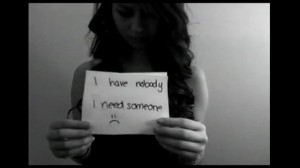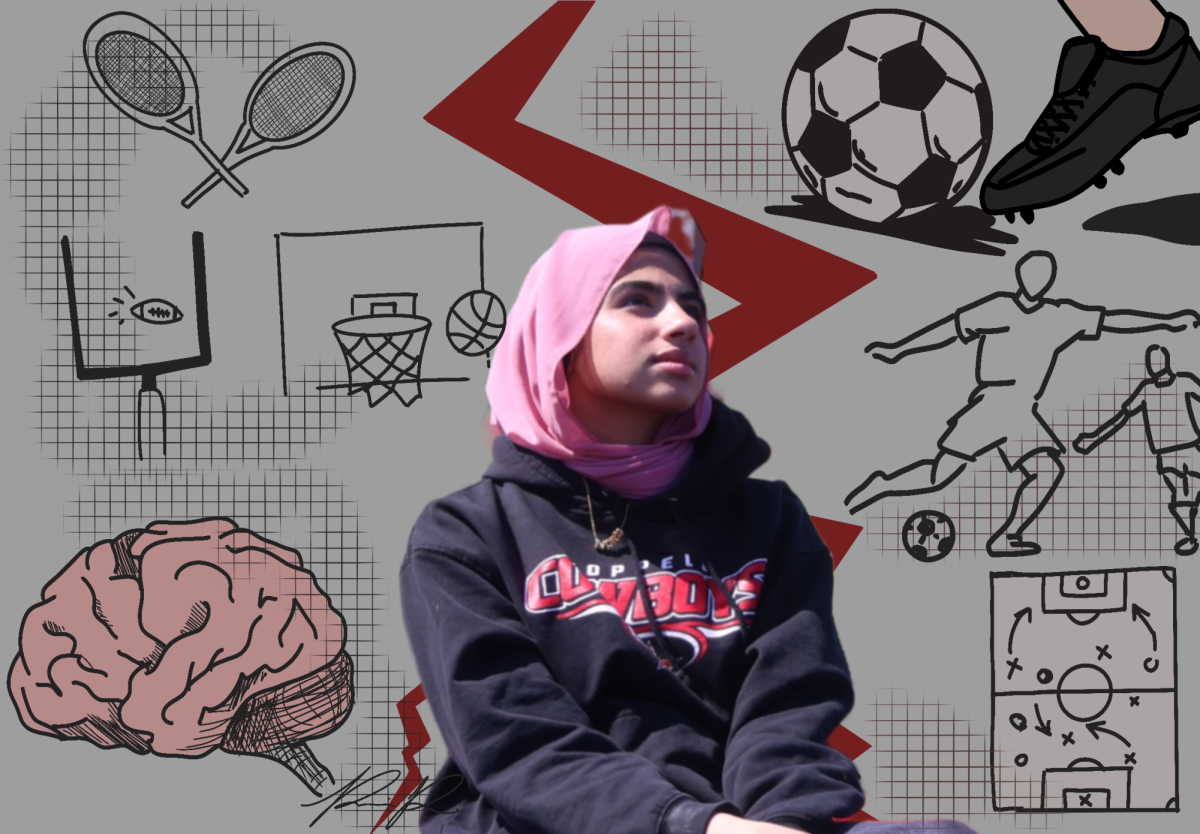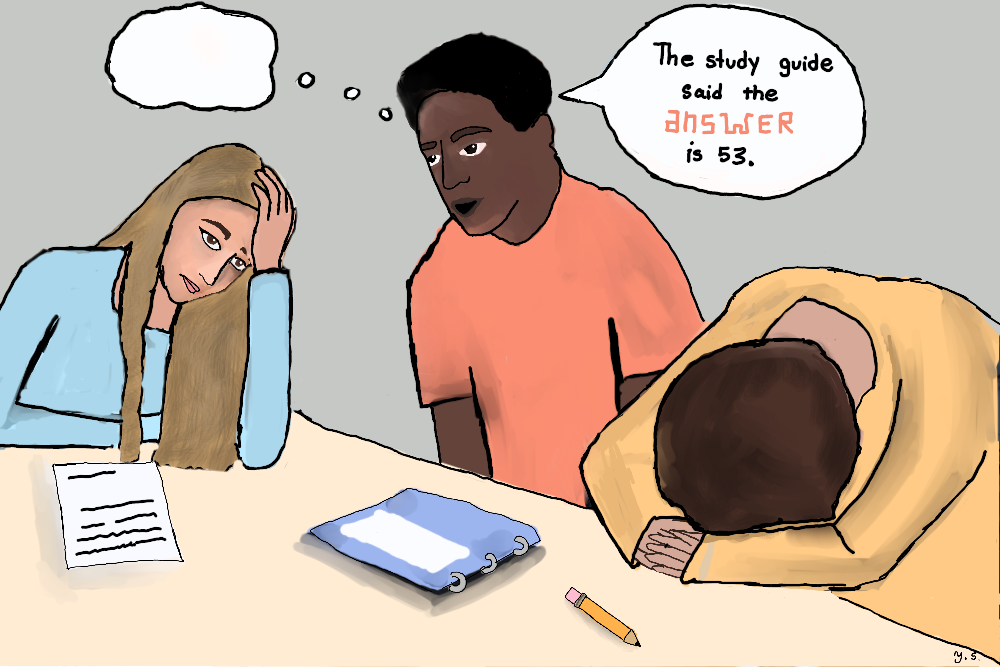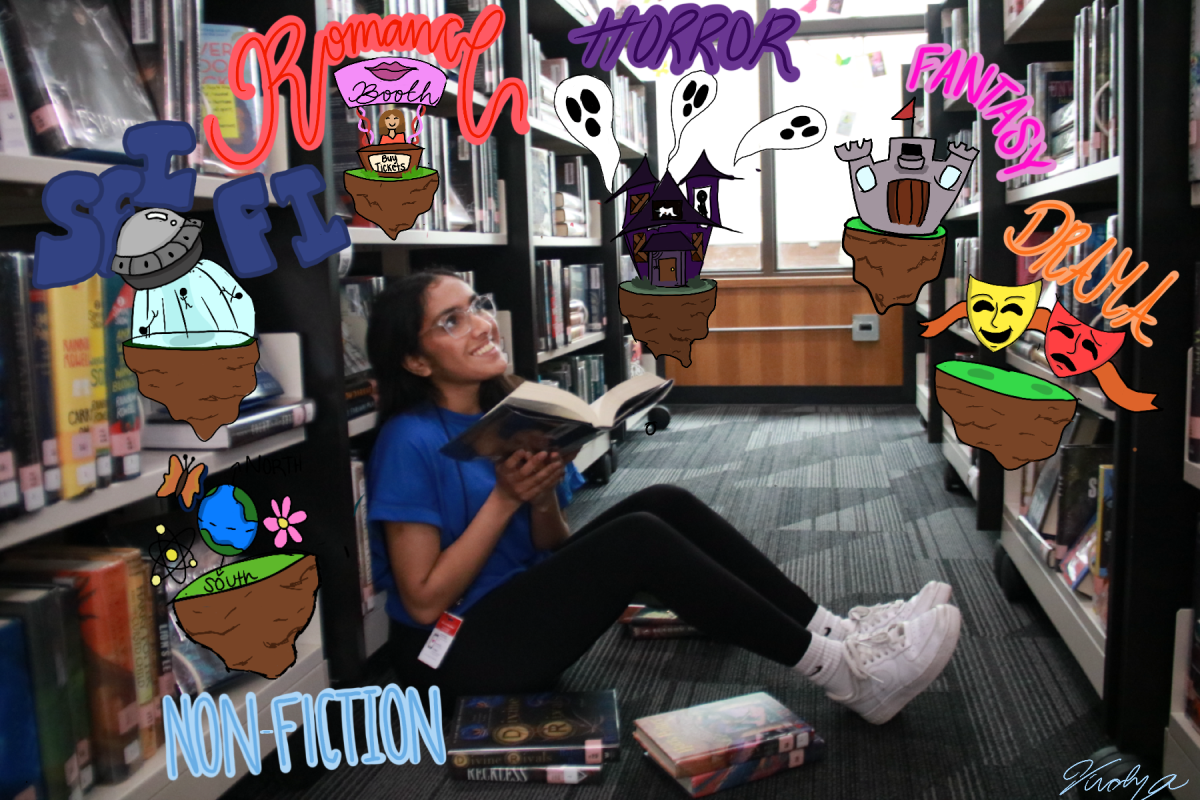
By Nikki Dabney
Staff Writer
Amanda Todd, 15-year-old student in Port Coquitlam, British Columbia was found dead in her home on Oct. 10 after posting her video called “My story: Struggling, bullying, suicide, self harm” on Sept. 7.
The video featured her holding up cue cards that chronicled the cyber-bullying and cruelty she suffered.
In seventh grade she started having web chats to meet and talk to new people, who called her “stunning, beautiful perfect.” A man asked her to flash her chest, and a year later, she did. She received a message on Facebook from him. He knew her address, school and the names of her relatives, friends and family. He made her chest his profile picture.
A few months later there was a knock on her door at 4 a.m. It was the police. The photo was sent to everyone. Todd was sent into panic attacks, anxiety and depression. She changed schools and experimented with drugs and alcohol.
“I can never get that photo back,” she wrote on a cue card. “It’s out there forever. I cried every night, and lost all my friends and respect.”
She didn’t have any friends and sat alone at lunch. So she moved schools again. A month later, she started talking to an old guy friend. He said he really liked her, but he had a girlfriend. One weekend when his girlfriend was out of town, the boy told her to come over.
“Huge mistake,” Todd wrote. “He just wanted to hook up with me.”
A week later she got a text message telling her to get out of school. The guy, his girlfriend and 15 others came to meet her.
“Look around; nobody likes you,” they said.
A random guy yelled to the girlfriend to punch her. She did. The bystander filmed it and she was alone and left on the ground.
“I felt like a joke in this world,” Todd said. “I thought, nobody deserves this. I lied and said it was my fault and my idea. I didn’t want him getting hurt and thought he really liked me.”
Todd tried to kill herself by drinking bleach. When she got home, the torment continued on Facebook.
“She deserved it,” a student posted. “Did you wash the mud out of your hair?” “I hope she’s dead.”
Todd moved to another city and didn’t want to press charges because she wanted to move on. Six months had gone by. People were tagging her with pictures of bleach, Clorox and ditches.
“She should get different bleach,” a caption read. “I hope she sees this and kills herself.”
Bullying cannot be rationalized.
Why does Todd deserve this? The answer: she doesn’t. No matter how wrong her actions were, she does not deserve to be bullied. Yes, she messed up, but why follow and harass her after she moved away and even passed away ? For your own satisfaction?
Todd did all she could: she took herself out of the situation, didn’t retaliate or seek revenge – or take rightful legal measures – and she started to go to counseling to deal with her problems in a healthier manner.
“I’m stuck,” she said.
Bullies blame everyone else.
People have created Facebook pages in opposition to other pages such as “RIP Amanda Todd”. While some are trying to promote bullying and suicide awareness, others continue to bully her after she’s gone.
“Bullying isn’t a problem,” one boy posts. “It’s that the kids don’t know how to handle bullying. It’s just as much their fault.”
It is never acceptable to mock someone’s death.
“She flashed guys left and right and was a whore and because of that she got bullied,” a girl comments. “The only thing I’m seeing here is that she was posing half naked for the world and she got what was coming for her.”
Got what was coming for her? Applying karma to death is taking things a little too far. Yes, suicide was ultimately her decision, but being bullied was not. That responsibility falls on the bullies’ shoulders. That is what people should be making a fuss about.
When asked if criminal charges could result from the investigation of the man Todd claimed was cyber-bullying her, Royal Canadian Mounted Police Sgt. Peter Thiessen told ABCNews.com, “That would be dependent on the quality of the evidence we might get.”
Everybody makes mistakes, and Todd’s were not unique. In fact, according to Safe Communications, a corporation dedicated to family safety, 22 percent of teenage girls have sent or posted nude or semi-nude pictures or video of themselves, while 37 percent of men admit to having affairs.
Does this mean that 22 percent of teenage girls should commit suicide? No. I’m sure several of the girls who posted snide comments about Todd’s behavior are guilty of the same acts. It doesn’t make what Todd did OK, but it proves that she shouldn’t be attacked for it.
And those 37 percent of men who have affairs all have a woman on the other side. There are many females who are “the other woman.” I have one question: why didn’t the girl get mad at her boyfriend for cheating on her instead of punching Todd, who she hardly knew?
Even if bullying may never completely stop, it doesn’t mean we should stop trying.
“Bullying will NEVER stop,” one boy commented on RIP Amanda Todd Facebook page. “So your attempts are rather pointless.”
Humans have committed murder since the beginning of time and most likely always will, but does that mean we shouldn’t put laws in place to prevent it? Bullying is no different. Bashing Todd for her mistakes doesn’t make you a better person. Her life still deserves respect. What if that was your friend, sibling or child?
“Get rid of the bullies,” Todd’s father Norm Todd said. “Let the bully know what it’s like to walk into a school and know nobody and start all over. And deal with all that humiliation. And walk into that school with their tail between the legs rather than the kid that was victimized.”
Todd made her share of mistakes, but even when she tried to right them, no one would give her the chance. Bullying is not the victim’s fault, it is completely the bully’s. People choose how they treat people. In school, we need to create an atmosphere of grace and redemption where people feel accepted and supported and are not driven to destructive solutions.
“My name is Amanda Todd,” reads Todd’s last cue card on her video.
Let’s not forget her identity.








